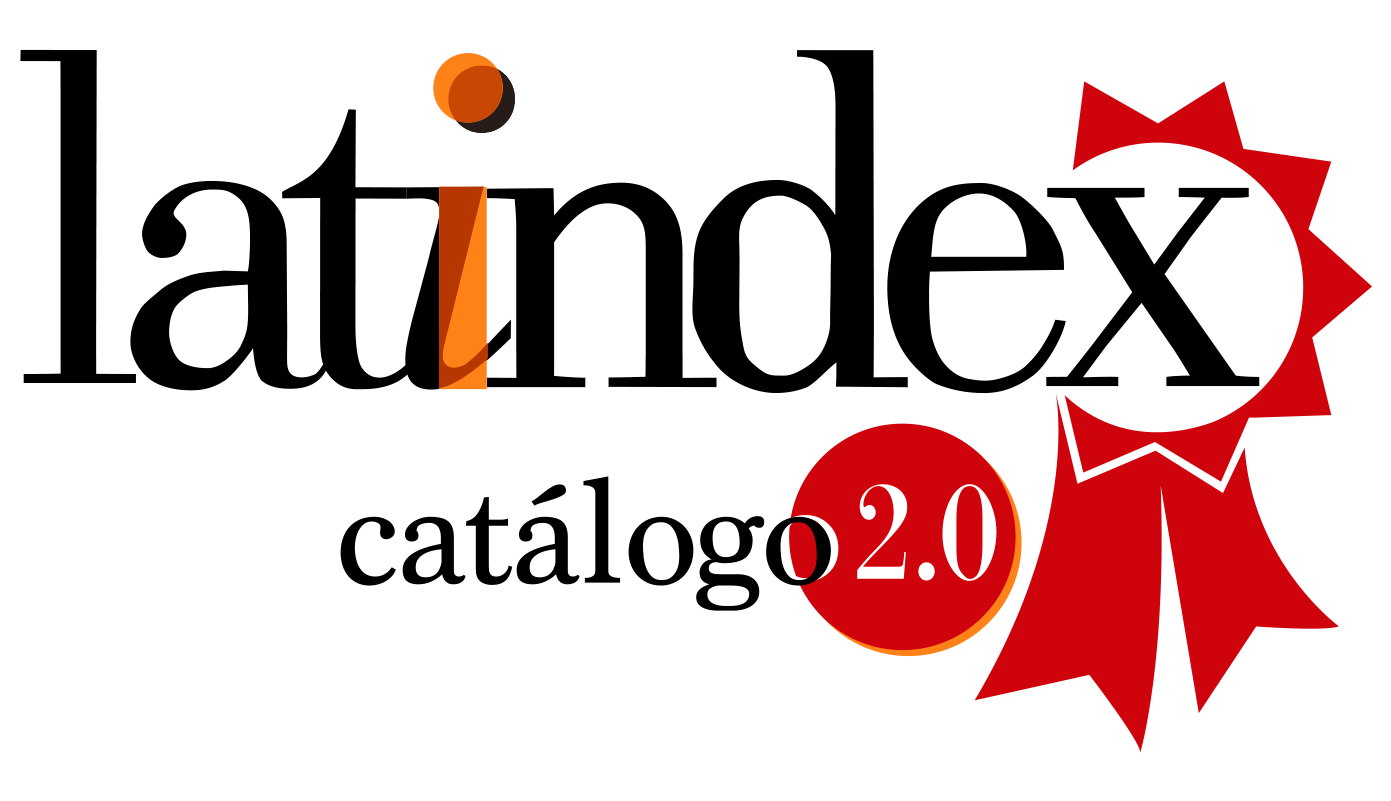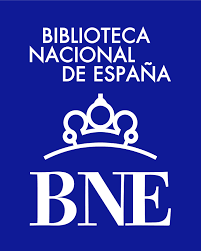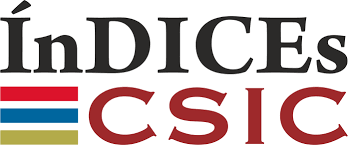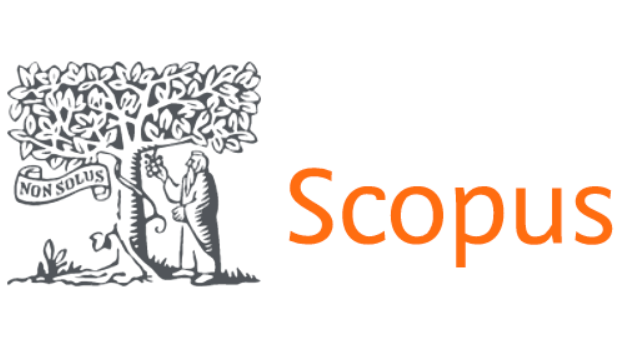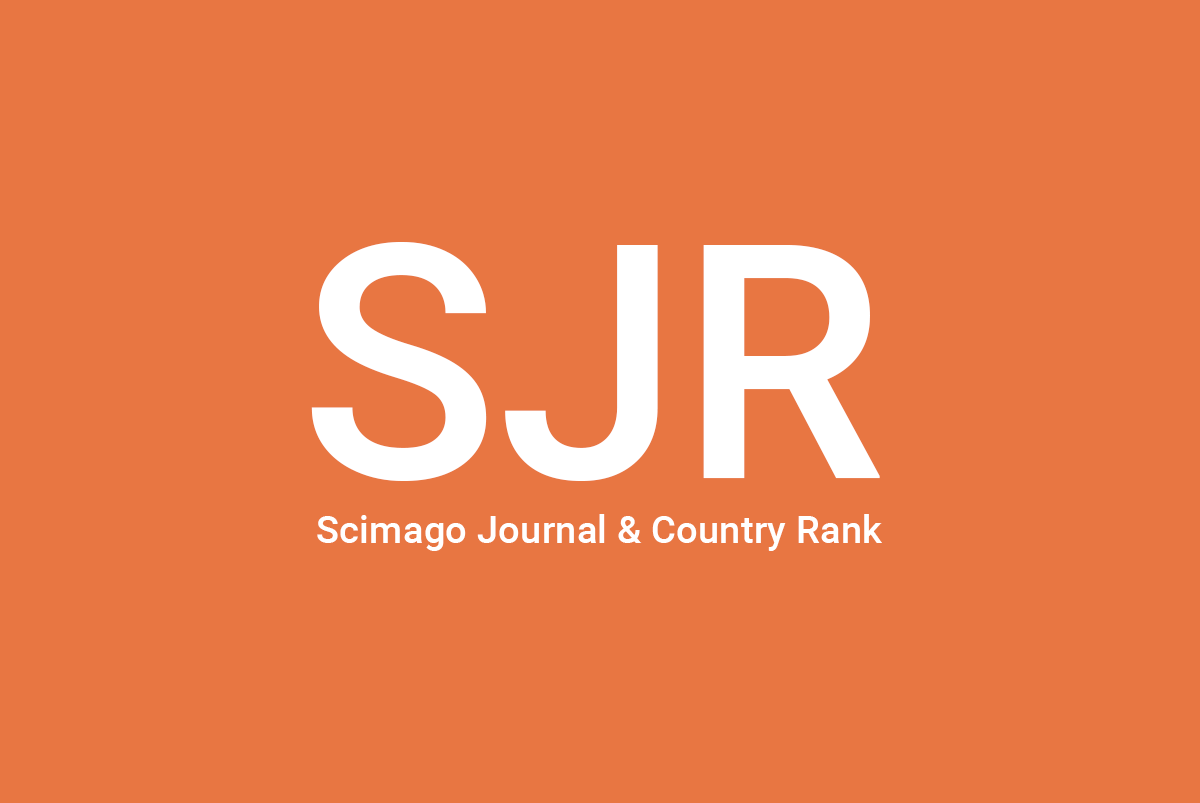Poetry and Philosophy in Romanticism: Notes about Hölderlin and Friedrich Schlegel
DOI:
https://doi.org/10.24310/stheg.4.2018.11383Keywords:
GENIUS, TRUTH/BEAUTY IDEAL, TRANSCENDENTAL POETRY, GENDER IN BECOMING, NOVEL, CONJUNCTION OF POERTY AND PHILOSOPHYAbstract
These Sketchs, Skizzen have the purpose to clarify the romantic concept of poetry starting from a Kantian text on the creative work of the genius (KU, 49), establishing the free play of imagination and reason that illuminates aesthetical ideas. In the creative dialogue between genius and nature we analize the romantic ideal of truth/beauty, expressed in Heraclitus’ sentence: “hen diapheron eauto” reassumed by Hölderlin, which serves as starting point to deduce the concepts of symbol and mith, and the romantic effort to search for mithology of reason=freedom or modern subjectivity. On this basis, we comment Friedrich Schlegel’s programme of a transcendental, universal and progressive poetry (Lyc, 115 y Ath., 116), like an infinite movement of selfreflection on the image, in analogical reply to the Kantian/Fichtean transcendental idealism. The aim is to find a metagender or originary gender for all literary genders, able to put all
of them in a productive interrelation. For Schlegel, such a metagender is modern novel as both an image of a subjective history and a mirror of the world, where narrative, rethorical discourse, sayings, aphorism social and political critic combine and live together. Lastly, we analize F. Schlegel ‘s proposal of a conjunction between poetry and philosophy as open totalities with different directions, reciprocally complementary, which differ in their original starting point.
Downloads
Metrics
Publication Facts
Reviewer profiles N/A
Author statements
Indexed in
-
—
- Academic society
- N/A
- Publisher
- Universidad de Málaga
References
Downloads
Published
How to Cite
Issue
Section
License

This work is licensed under a Creative Commons Attribution-NonCommercial-ShareAlike 4.0 International License.
This journal provides immediate free access to its content under the principle of making research freely available to the public. All contents published in Studia Hegeliana. Journal of the Spanish Society for Hegelian Studies, are subject to the Creative Commons Attribution-NonCommercial-ShareAlike 4.0 licence (specifically, CC-by-nc-sa), the full text of which can be found at <http://creativecommons.org/licenses/by-nc-sa/4.0>. Derivative works are therefore permitted as long as they are not used for commercial purposes. The original work may not be used for commercial purposes. The journal is not responsible for the opinions expressed by the authors of the works published in it.
It is the authors' responsibility to obtain the necessary permissions for images that are subject to copyright.
Authors whose contributions are accepted for publication in this journal retain the copyright. It is non-exclusive right to use their contributions for scholarly, research and educational purposes, including self-archiving or deposit in open access repositories of any kind.
Since volume 7 of 2021 the journal Studia Hegeliana has changed the copyright. Since that year the authors have retained the copyright.
The electronic edition of this journal is published by the Editorial de la Universidad de Málaga (UmaEditorial), being necessary to cite the source in any partial or total reproduction.

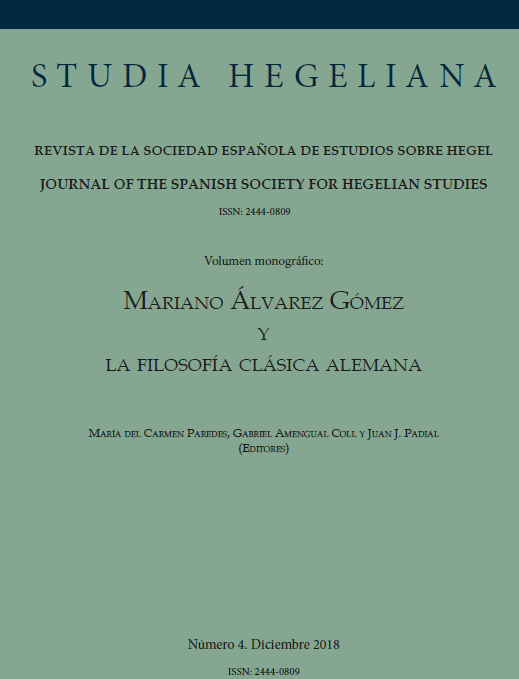




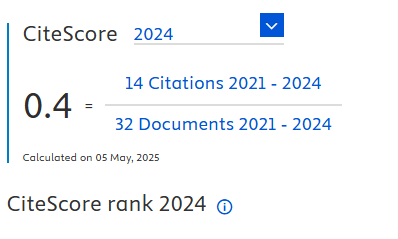
244.png)




